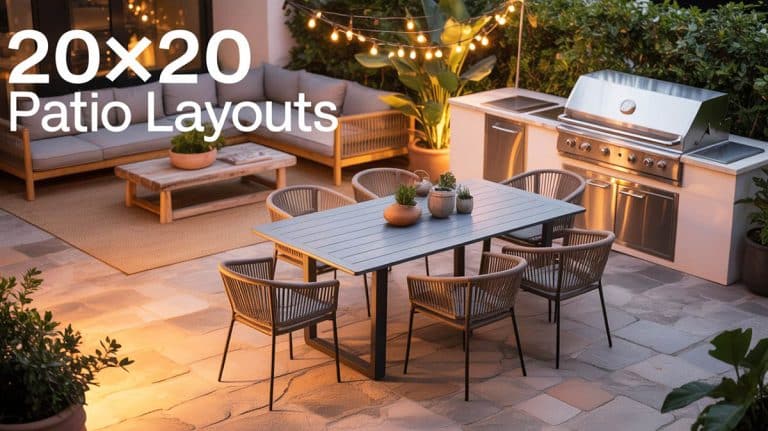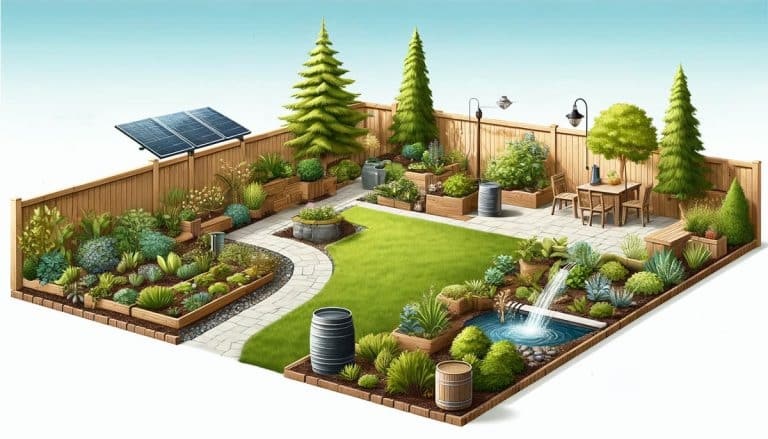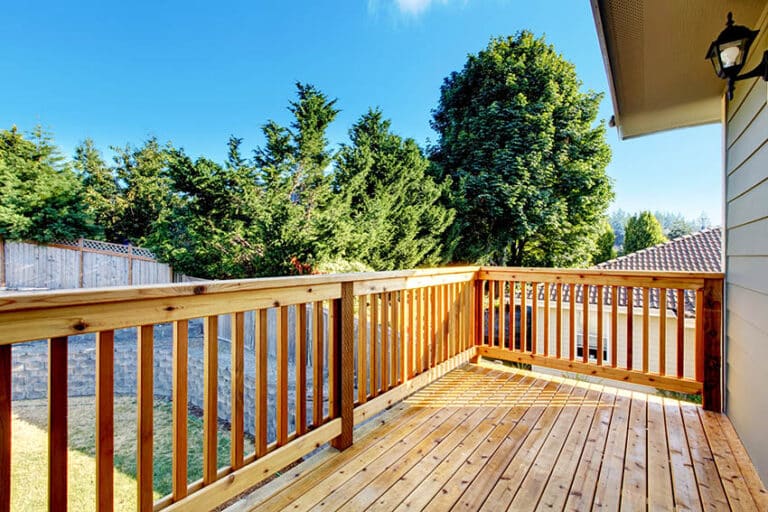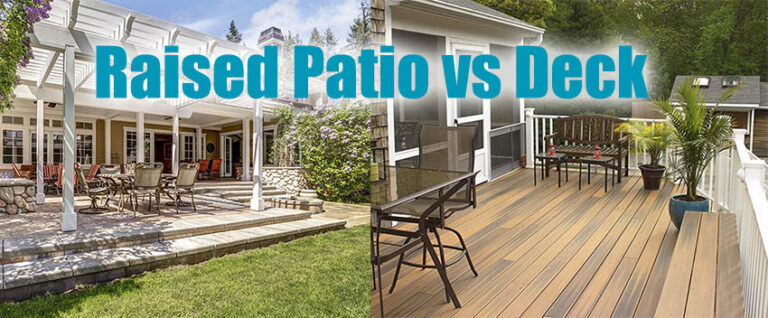Easy to Use Deck Board Calculator for Your Material Needs
Want to take the guesswork out of planning your next deck build? Our handy deck board calculator makes it easy. Simply input your intended deck dimensions, board type, layout pattern and other project specifics. The calculator will then provide a detailed materials estimate so you can purchase just what you need.
Decking Board Calculator
How to Use the Deck Material Calculator
To use the deck board calculator, first enter your deck’s dimensions – the length and width in feet. Next, input the specifications of the deck boards you plan to use – the length, width, and thickness in feet and inches. Also indicate the gap you want between the boards in inches, and an estimated waste percentage to account for cutting errors.
Select whether you want the boards laid straight or diagonally across the deck. If laid diagonally, more boards will be needed due to the cutting angles. Check the box if you want to include deck screws in the material estimate, assuming 2 screws per board per joist, with joists spaced 16 inches apart.
Finally, click calculate to see the total square footage of deck space, number of boards required, total volume of wood in cubic feet, and number of screws needed if selected. The calculator determines materials by multiplying the deck area by the adjusted board area including gaps. It also accounts for the selected layout pattern and waste percentage you input.
This handy calculator makes deck planning much simpler by estimating boards and screws required based on your custom specifications. With the results, you can accurately purchase materials and optimize the deck building process. (This tool is for entertainment purposes only, please double check its results before purchasing materials)
To get a better cost estimate for your decking project we also have a tool for that.
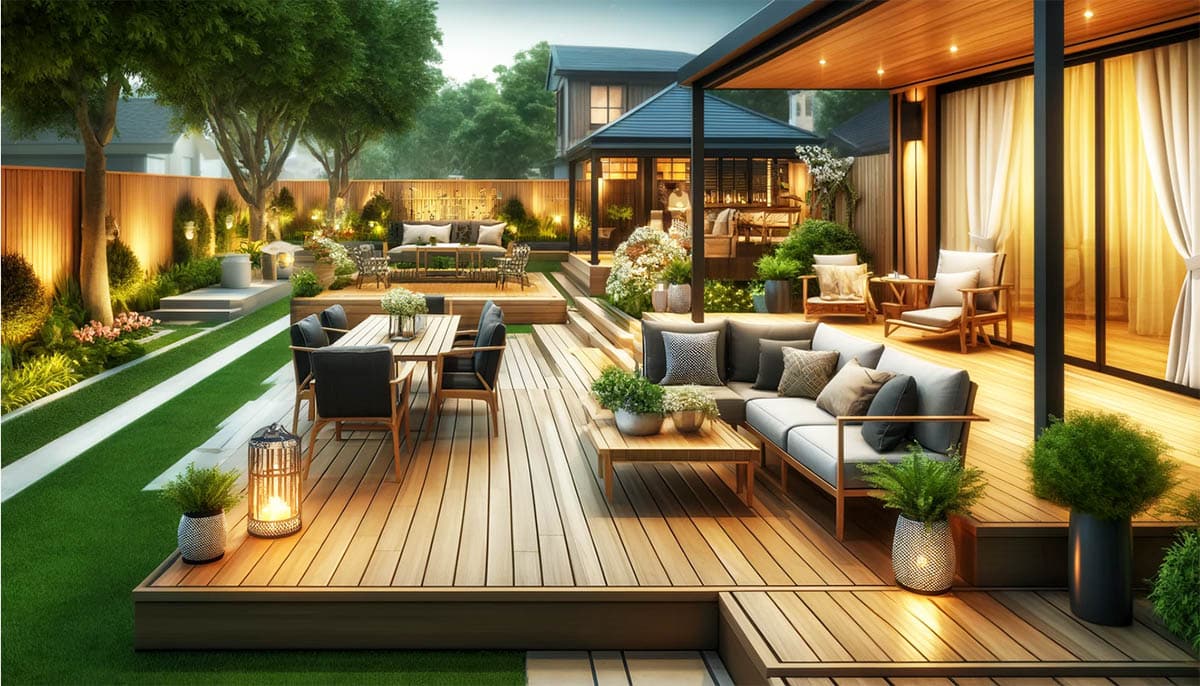
Tips on Selecting Deck Board Materials
Before beginning your deck building project you’ll need to think about the materials you want to use. The most popular options are pressure treated wood, cedar, redwood, composite, PVC or more exotic hardwoods like Ipe or mahogany.
Pressure-treated wood is a budget friendly choice that is rot and insect resistant. The downside is it is made with some chemical processes that can pose health risks and will require more upkeep than other choices.
Both cedar and redwood are natural wood options that are long-lasting and provide resistance to rot and insects. They also offer a beautiful look that is very appealing. The downside of these are the higher costs and they are not available in all areas.
Composite decking is a faux-wood product that is a low maintenance alternative that’s also durable and available in different colors and textures. It is also generally pricier than other options, but may last longer overall.
PVC materials are durable, low maintenance and able to resist moisture and insect damage. These materials are also more expensive than options like pressure treated wood.
Hardwoods such as ipe, and mahogany are gorgeous, offer exceptional durability, with natural rot and insect-resistance. Their high cost and may be a big detractor though for the average DIY budget. In addition, being a more exotic wood they can be harder to source at a good price.
After you’ve chosen the materials and are installing, space the boards with small gaps, about 1/8-1/4 inches, so the wood can expand and contract naturally without buckling. Secure them with corrosion-resistant deck screws rather than nails for more stability.
Once assembled, protect the wood with sealants and stains to prevent moisture damage and enhance its natural beauty. Maintain your deck by cleaning it regularly with gentle cleaners, avoiding pressure washing which can splinter the boards. Inspect annually for any loose Decking or structural issues. Address problems early before they compound.
The underlying joists and framing provide critical support, so use pressure-treated lumber or treated material designed specifically for ground contact. Follow code recommendations for proper joist spacing based on your decking material span capabilities. In sunny climates, choose lasting composite or pvc materials resistant to sun exposure and humidity. If expanding the deck later, use modular construction for simpler additions.
Finally, confirm your design and plans adhere to local regulations around deck load capacity, railings, permits and more. If unsure during any planning stage, consult a professional builder. Their expertise can inform material selection and construction methods to yield a level, functional deck tailored to your home and climate. Taking the proper precautions upfront saves time and money over the years of enjoyment your new outdoor space will provide.
So what did you think about the deck board calculator, did it work for you? Let us know in the comments.

